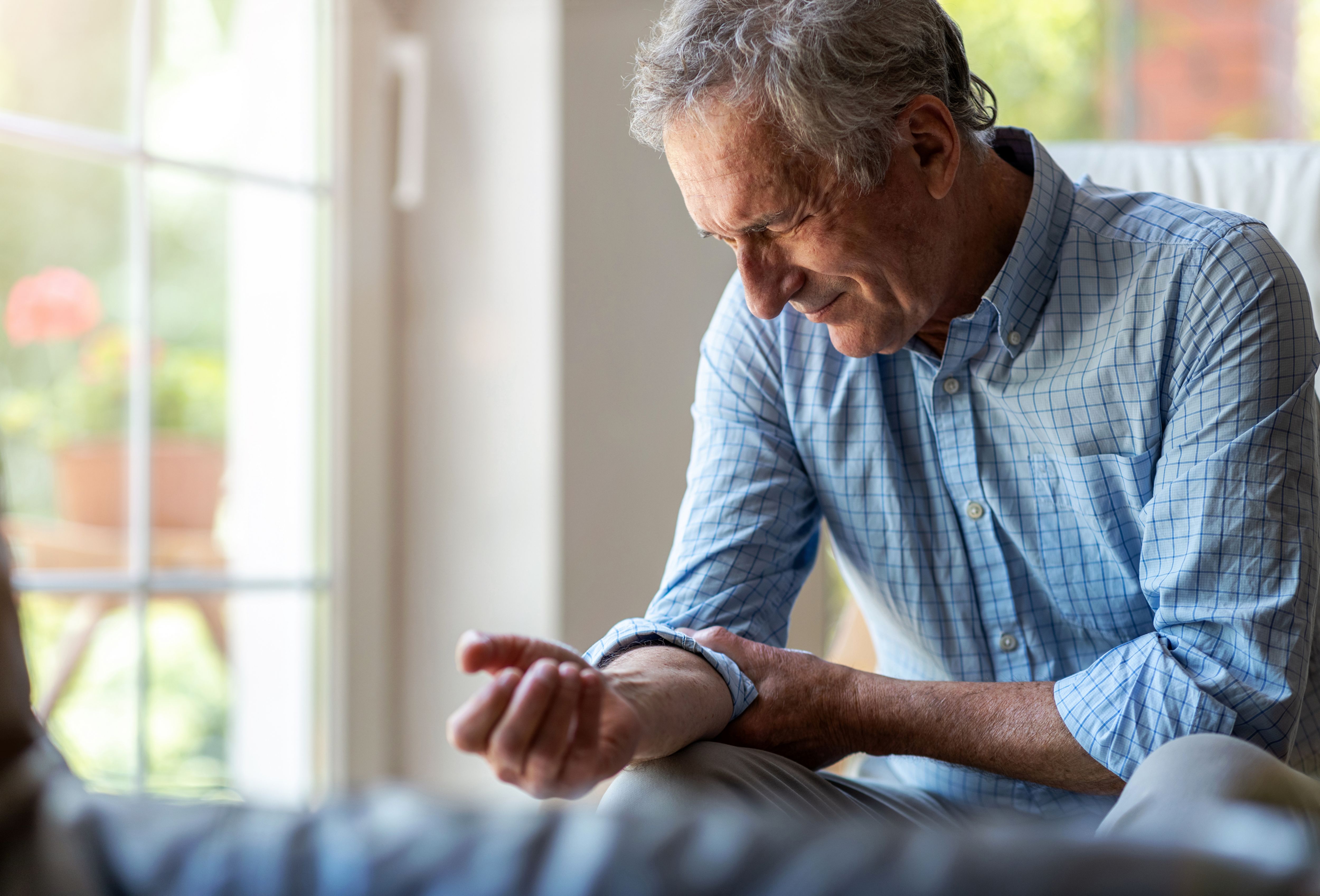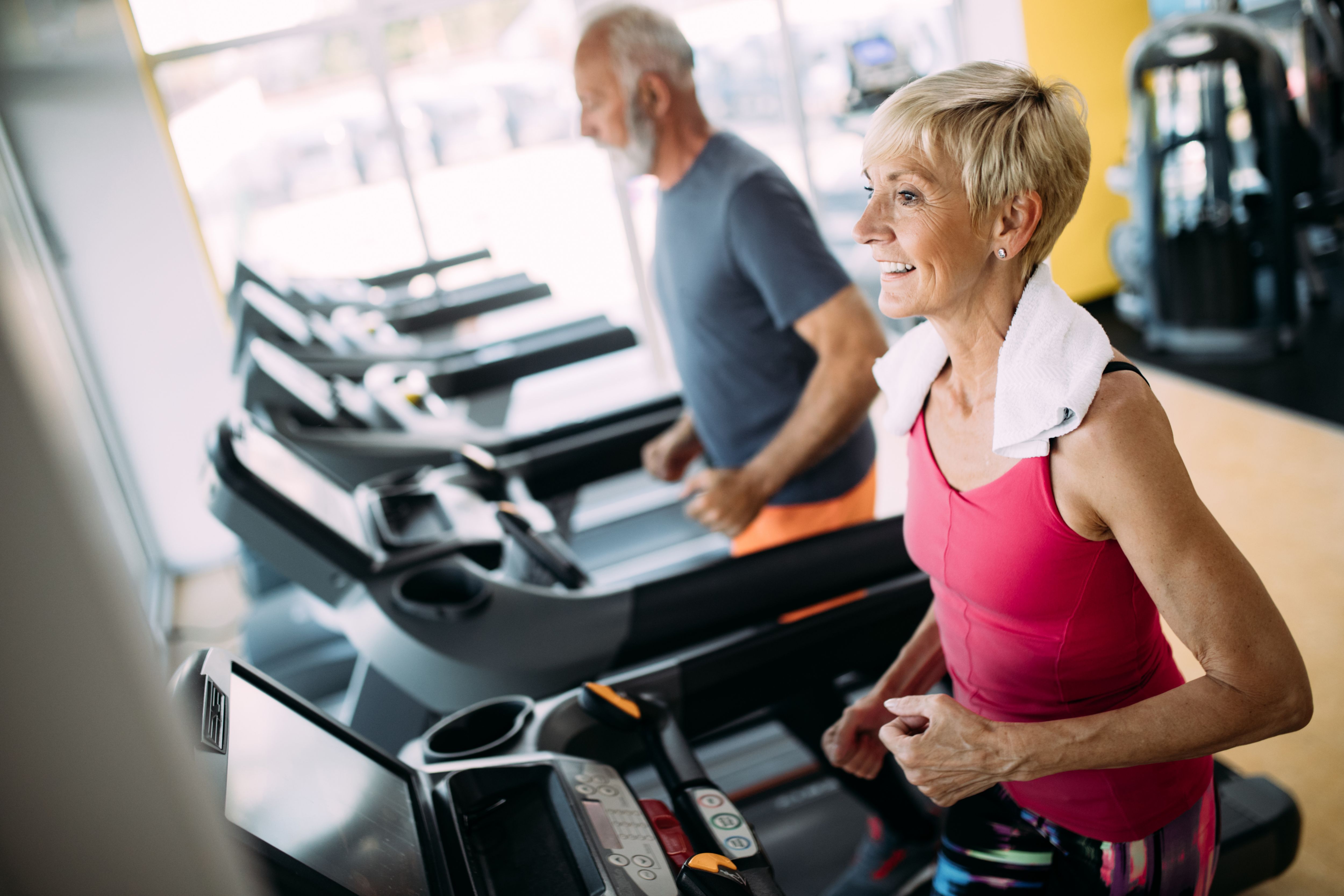When the weather changes, a common reaction is to wonder how or if it’s affecting your body. Is it the cold weather making joints hurt? Is the change in temperature creating pain? And you might be wondering how to stop joint pain when it rains. Joints are a complex part of the body, where two bones meet and held together with tendons, ligaments, and are cartilage.
Weather affects joints for several reasons, especially when the barometric pressure drops before storms. The pressure change irritates joints, especially those which may already be swollen or irritated due to conditions like osteoarthritis or rheumatoid arthritis.
- Cooler temperatures cause fluids to thicken, leading to stiffness.
- Joints can swell or expand as barometric pressure changes.
- Cloudy, cold days sap energy and motivation to move. It’s easier to spend more time on the couch and avoid activity.
- Dreary weather affects moods, too. Depression and idleness can make it easier to focus on aches and pains.
Fortunately, there are ways to learn how to stop joint pain when it rains or the weather changes. Let’s look at four key practices and habits to follow when experiencing joint pain.




